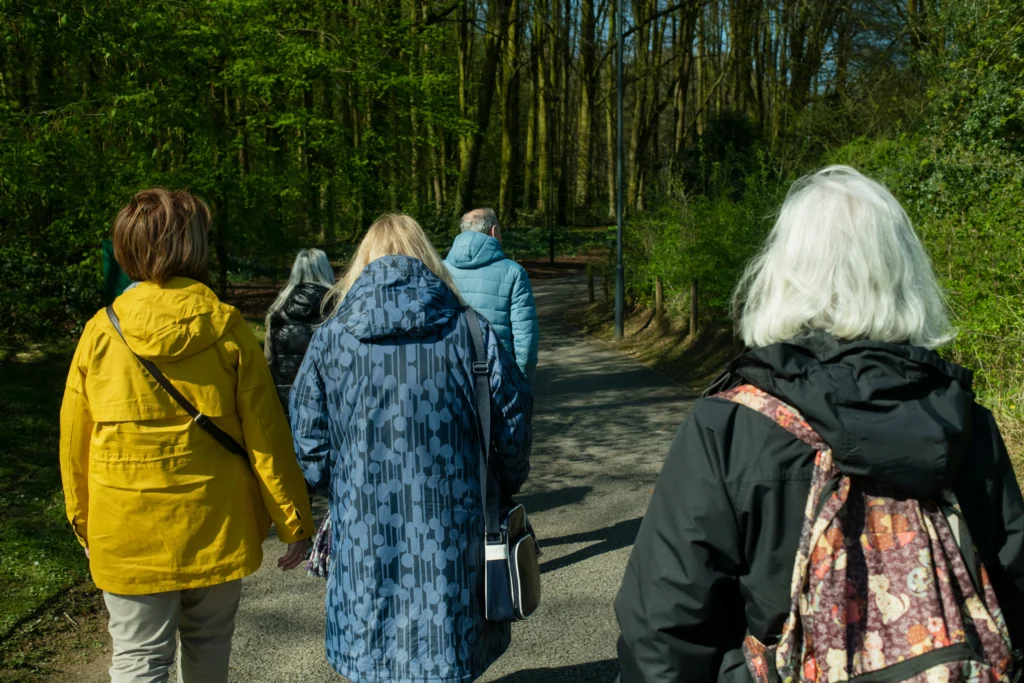
Four-minute magic: Brief bursts of daily vigorous activity could halve cardiovascular risk in middle-aged women
New research from the University of Sydney, published in the British Journal of Sports Medicine, suggests that just four minutes of vigorous incidental physical activity a day could nearly halve the risk of major cardiovascular events in middle-aged women who do not engage in structured exercise.
The study analyzed data from 22,368 non-regular exercisers (13,018 women and 9,350 men) aged 40–79 who wore physical activity trackers for nearly 24 hours a day, seven days a week, between 2013 and 2015. Cardiovascular health was monitored through hospital and mortality records, tracking major adverse cardiovascular events (MACE) such as heart attack, stroke, and heart failure until November 2022.
The findings revealed that after adjusting for factors such as lifestyle, co-existing conditions, cardiovascular health and ethnicity, vigorous intermittent lifestyle physical activity (VILPA)—defined as brief bursts of intense activity embedded in daily life—lowered the risk of major cardiovascular events in women, with greater VILPA correlating to a lower risk.
Women who averaged 3.4 minutes of daily VILPA were 45% less likely to experience a major cardiovascular event, 51% less likely to have a heart attack and 367% less likely to develop heart failure compared to women who did not engage in VILPA.
Although the researchers suggest further testing is needed to understand how VILPA can positively impact cardiovascular health, lead author Professor Emmanuel Stamatakis emphasized that, like most health-improving measures, commitment is key. He also indicated that the findings present an activity target for women who are unable or unwilling to engage in traditional exercise.

“Importantly, the beneficial associations we observed were in women who committed to short bursts of VILPA almost daily,” Prof. Stamatakis said. “This highlights the importance of habit formation, which is not always easy. VILPA should not be seen as a quick fix—there are no magic bullets for health. But our results show that even a little bit higher intensity activity can help and might be just the thing to help people develop a regular physical activity – or even exercise – habit.”
He added that as a starting point, short bursts of activity could be as simple as a few minutes of stair climbing, uphill walking, power walking or playing tag with a child or pet.
Interestingly, men were found to experience fewer benefits than women from brief bursts of VILPA. Men who averaged 5.36 minutes of daily VILPA were only 16% less likely to experience a major cardiovascular event compared to those who did not engage in any VILPA.
The research could help influence health coaches and fitness trainers who have middle-aged women as clients and are perhaps more reluctant or unable to engage in high-intensity interval training (HIIT). VILPA could potentially do more than lower cardiovascular events — other research (also led by Prof. Stamatakis) suggests it may lower cancer risk.
While HIIT remains a popular fitness method, low-impact modalities are on an upswing, according to ClassPass. The booking platform just released its Annual Look Back report, which noted low-impact training saw a notable increase in reservations (109%), demonstrating an interest in more accessible fitness options.
